In this week’s studio class, we practiced a still life study of the nose. I took some time to organize the drawing methods and the underlying hidden structures.
If you enjoy drawing figures or want to learn how to draw the nose and understand its structure, keep reading!
Why learn the structure of the nose?
- The nose is one of the most prominent parts that gives the face a three-dimensional form.
- Understanding it helps improve how the nose harmonizes with surrounding facial structures.
- By studying its structure, you can avoid drawing a “stuck-on nose” and instead make it naturally grow from the face.
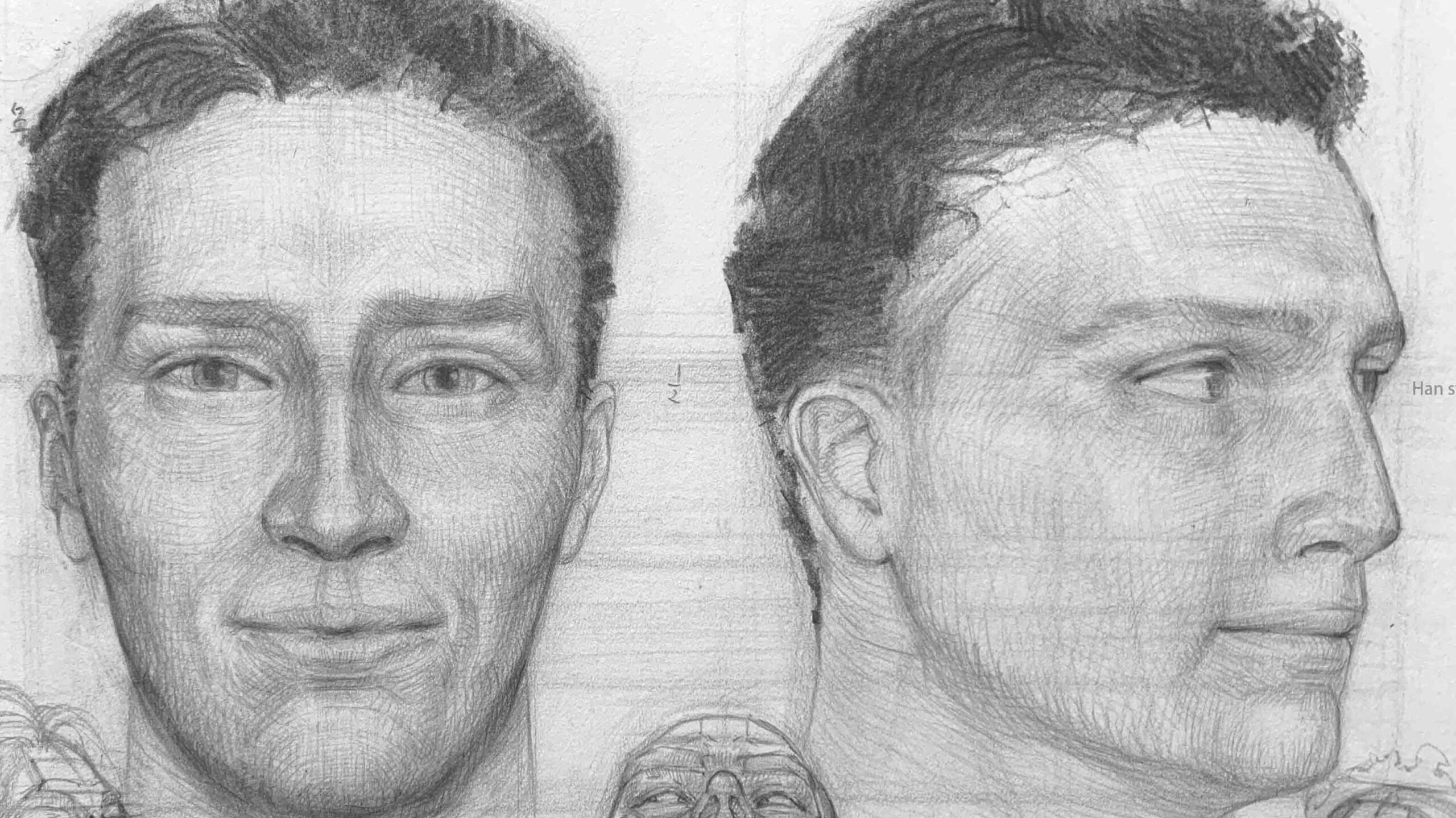
Observing the external appearance of the nose
The three main regions of the nose:
Nasal Bridge Structure
Skeletal foundation (hard framework)
- Upper hard bone: the nasal bone → connected to the frontal bone
- ower part: no bone, supported by cartilage and skin
- Function: shapes the height of the nose, extends downward from between the brows, and determines projection and form.
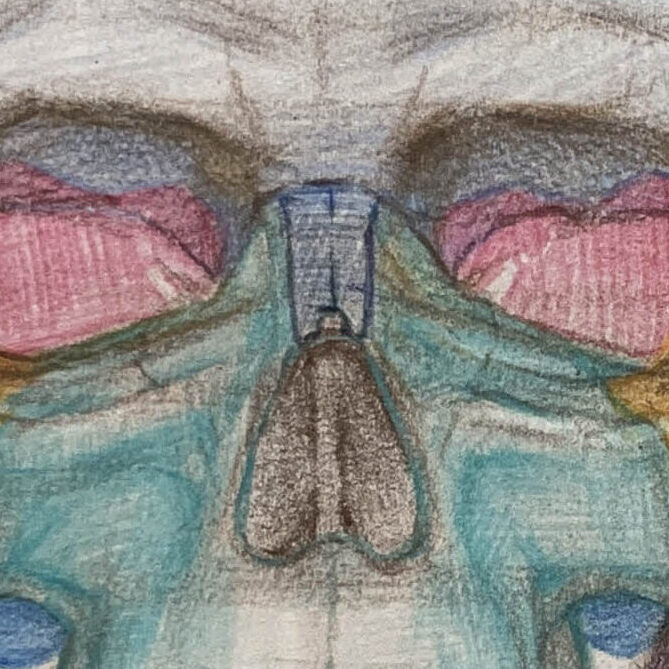
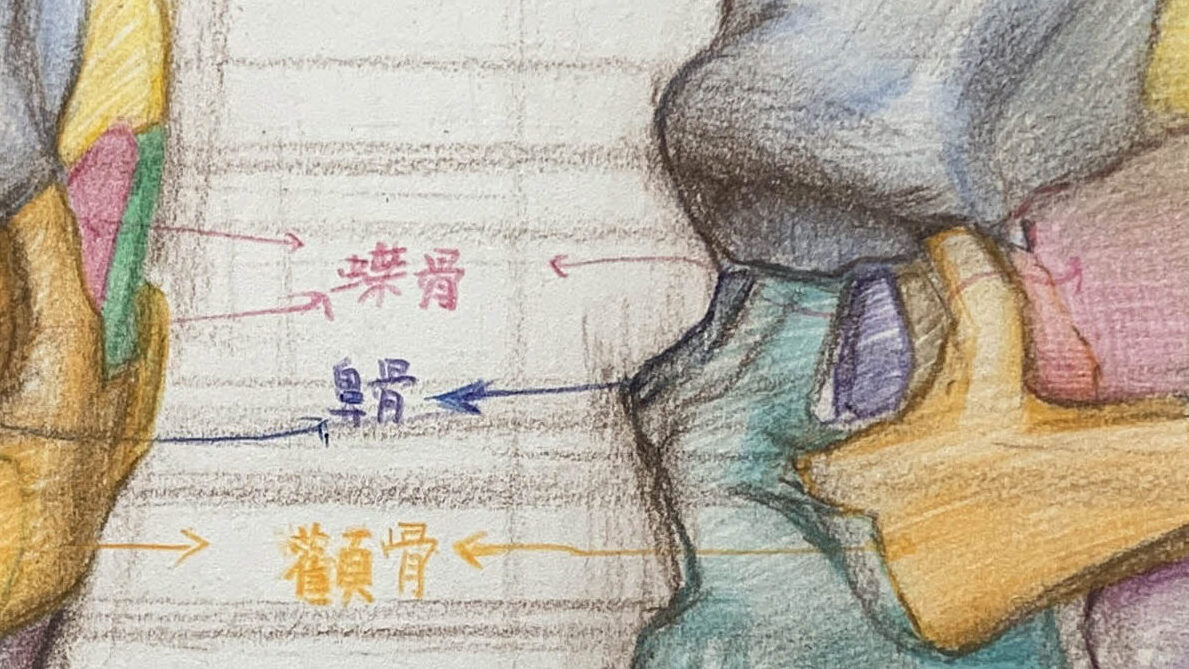
External characteristics:
- Appears as a narrow trapezoid or inverted triangle, widening as it extends downward.
- Men’s noses are usually straighter and more prominent; women’s tend to be softer or slightly curved (note: this varies by ethnicity and individual traits).
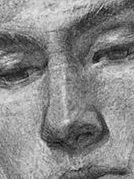
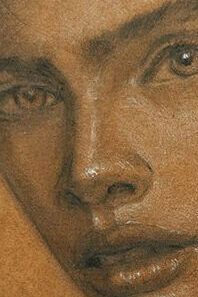
Function of the nasal bridge
- Determines the nose’s projection, width, and overall form.
- Serves as the main link between the forehead and the nasal tip.
Tips for drawing the nasal bridge:
Front view: the bridge appears as a “highlight band” extending from between the inner corners of the eyes down to the tip.
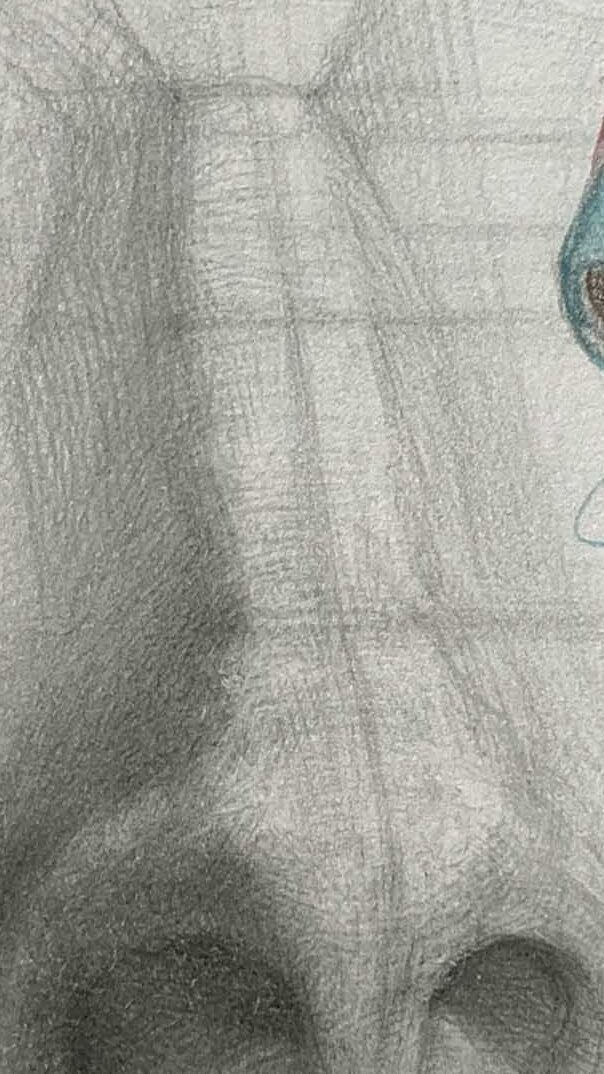
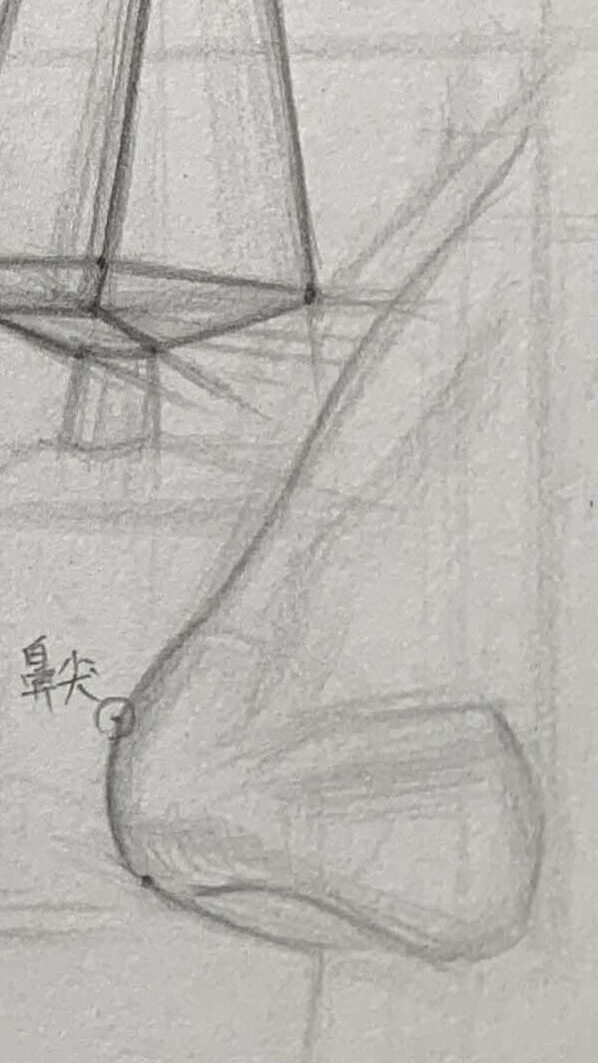
Side view:
Shows a continuous slope from forehead to tip, with a slight angle shift from bone to cartilage in the middle.
Three-quarter view: the bridge often forms a highlight plane, while the sides turn into shadow.
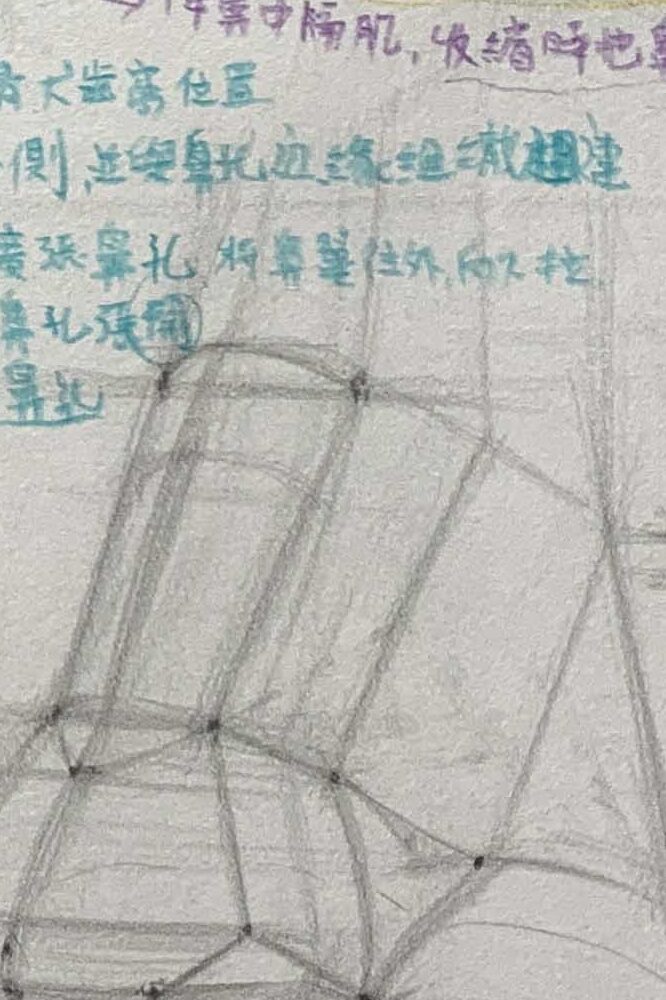
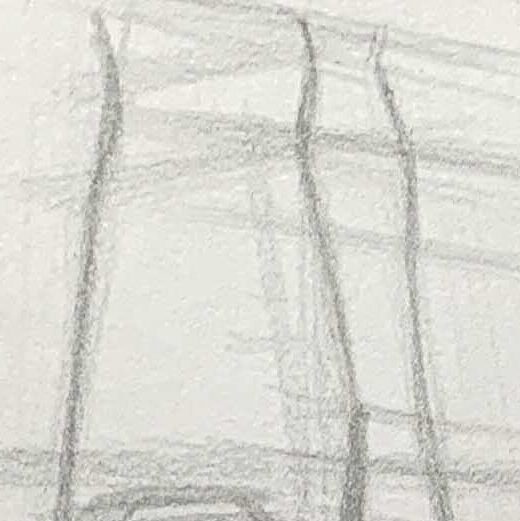
Cartilage Structure (the driving force behind external features)
- Middle section – Upper lateral cartilage: continues from the nasal bone, extending the nasal bridge.
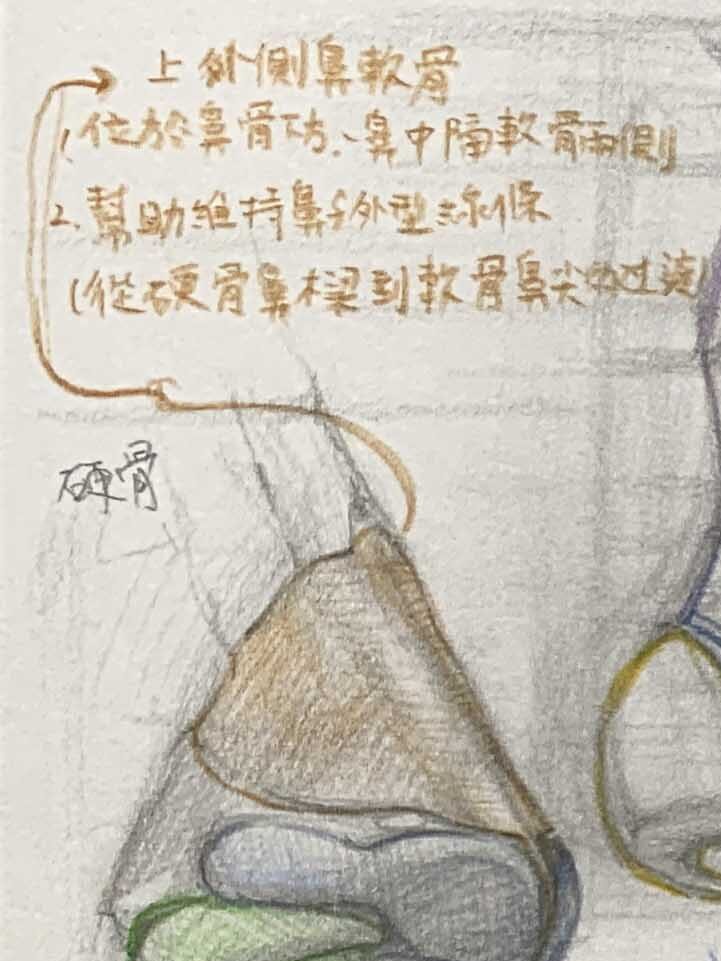
- Lower section – Septal cartilage (the main beam supporting the nasal tip).
- Major alar cartilage(key):forms the curves of the nasal tip and nasal wings.
- Medial crus → supports the nasal tip.
- Lateral crus → determines the curve of the nasal wing and the outer frame of the nostril.
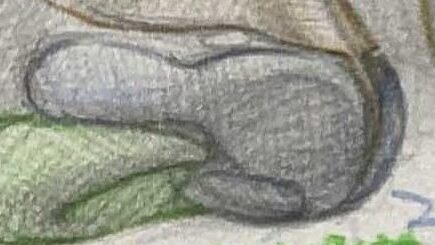
- Minor alar cartilage: located beside the nasal wing, influences nostril shape.
- Skin and fat thickness → determines whether the nasal tip appears “sharp” or “rounded.”
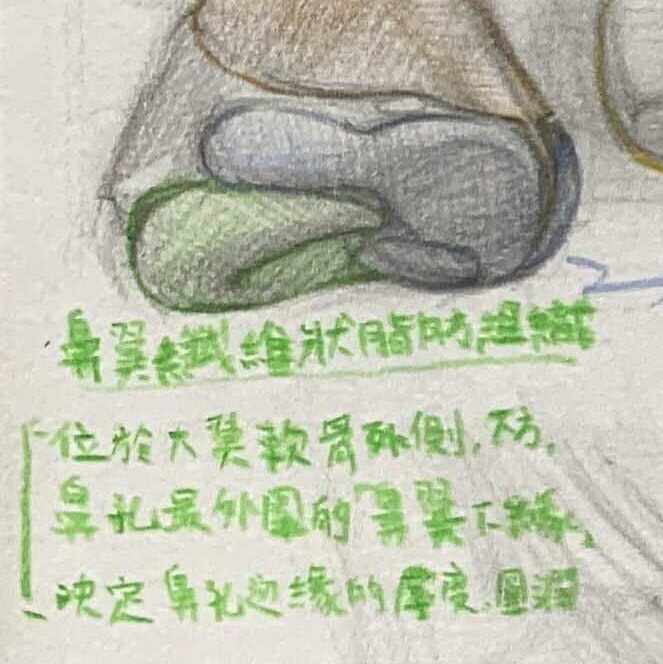
Nasal Tip Structure
- Mainly formed by the medial crus of the major alar cartilage + fat pad.
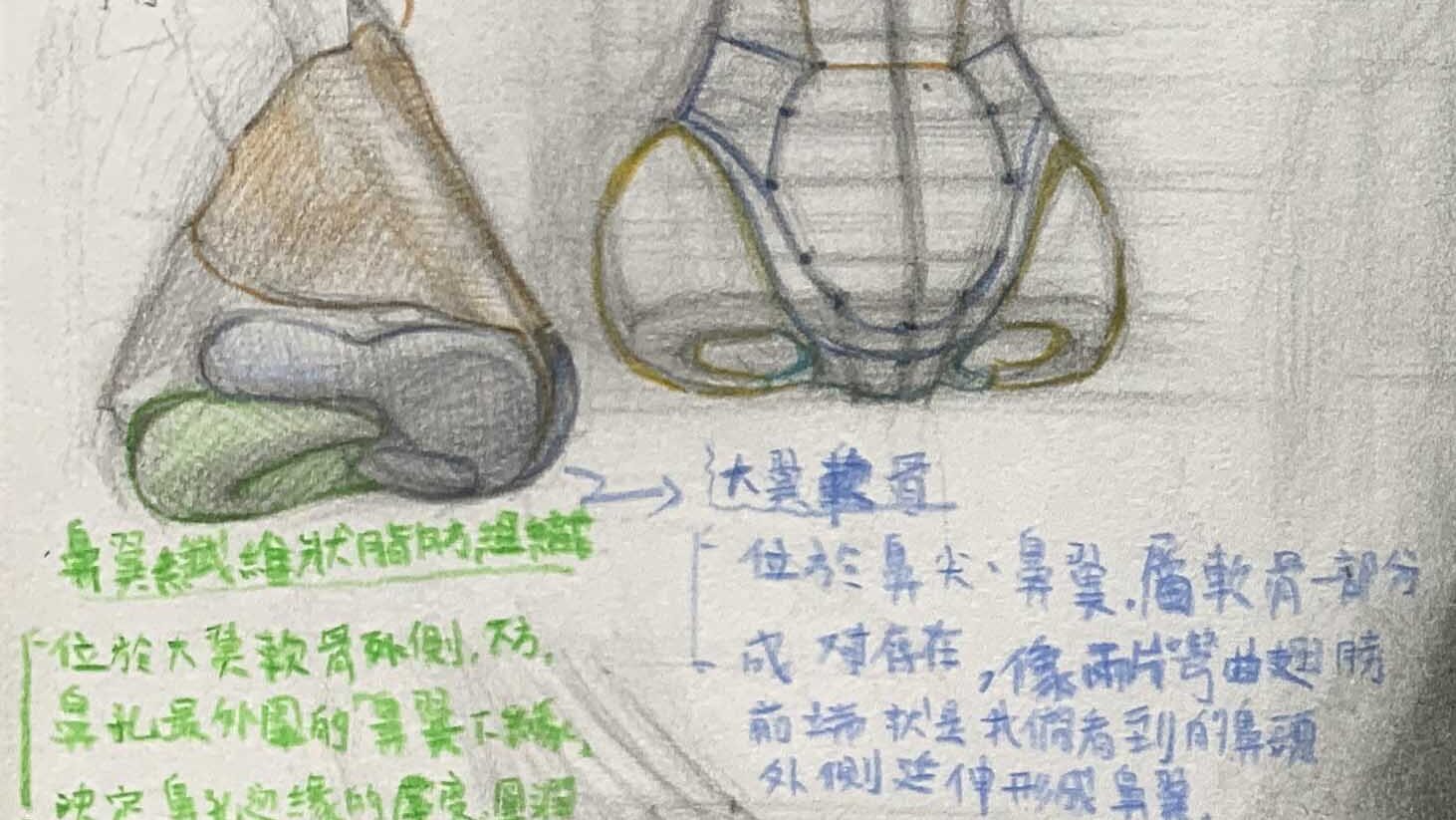
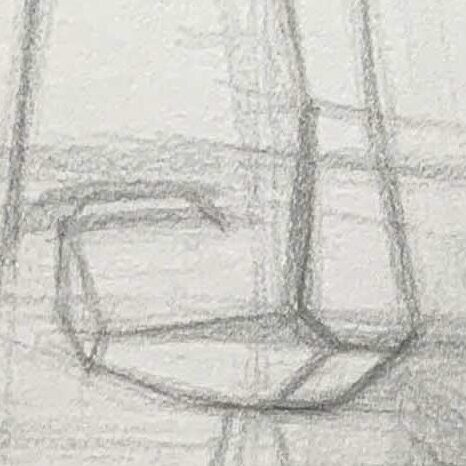
Columella
Dorsal Fin (Top Fin):
- A “pillar” that extends downward along the midline between the two nostrils.
- It connects the nasal tip above and the upper philtrum below, separating the nasal wings from the upper lip.
- From the front, it appears as the straight soft tissue column between the nostrils.
Deep Structure of the Columella
The columella is not just skin and soft tissue; it is supported by a cartilage framework:
- Medial crura of the major alar cartilage → the left and right parts meet at the midline, giving the columella its main rigidity.
- Caudal end of septal cartilage → extends forward behind the columella, serving as its “backboard.”
- Soft tissue/skin → the overlying skin and subcutaneous fat, determining thickness and visibility of the columella.
Functions of the Columella
- Structural support: holds the nasal tip angle, determining projection and the nasolabial angle.
- Airway separation: keeps the nostrils apart, ensuring stable airflow.
- Aesthetic proportion: its length and exposure affect nasal tip projection and nostril shape.
- Short columella → nasal tip lacks support, nostrils appear “wide and flat.”
- Long columella → nasal tip over-rotated, nostrils appear more “vertically oval.”
- Short columella → nasal tip lacks support, nostrils appear “wide and flat.”
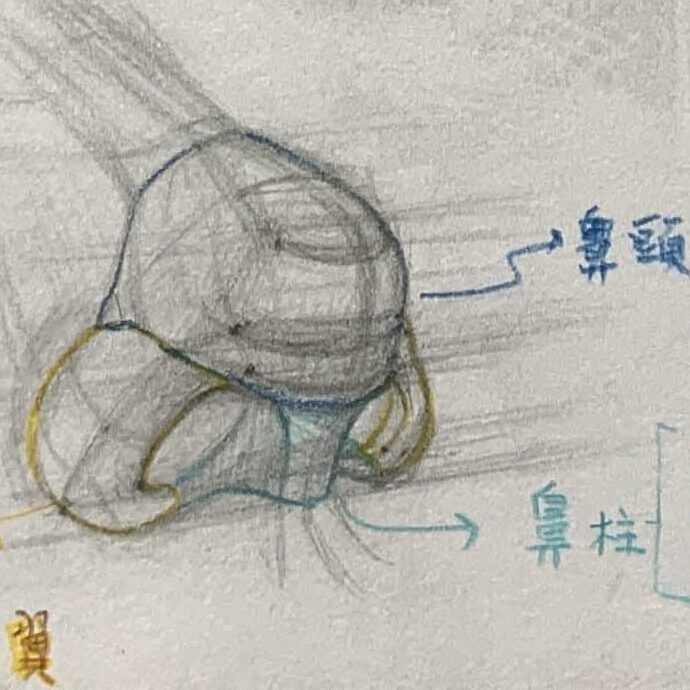
- The overlying skin is often thick, sebaceous, and dome-shaped.
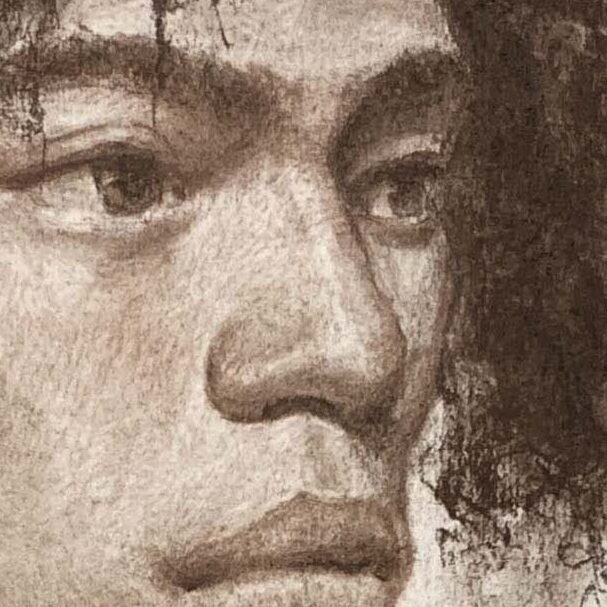
Functions of the Nasal Tip
- The tip is the softest and most elastic part of the nose.
- The columella determines nostril shape and depth.
Tips for drawing the nasal tip:
- Appears oval or spherical, varying by individual.
- It is the most protruding front point of the nose.
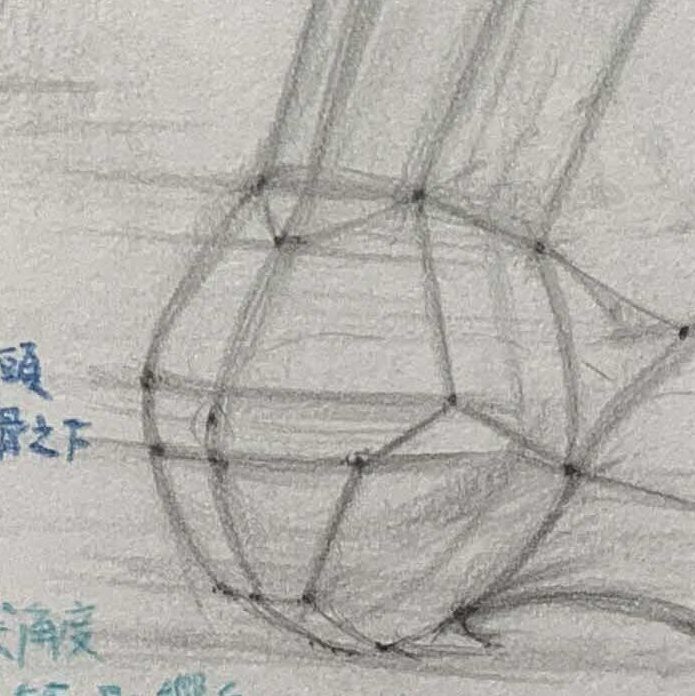
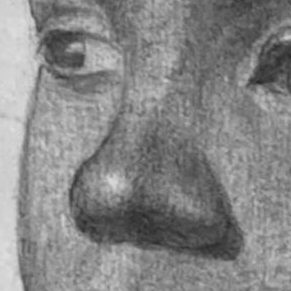
- The tip usually creates a bright highlight spot.
- The columella: gives thickness between the nostrils and should not be overlooked.
Nasal Wings and Nostrils
- Formed by the lateral crus of the major alar cartilage + minor alar cartilage + fibrofatty tissue.
- The outer portion is softest, supported mainly by fat and fibrous tissue.
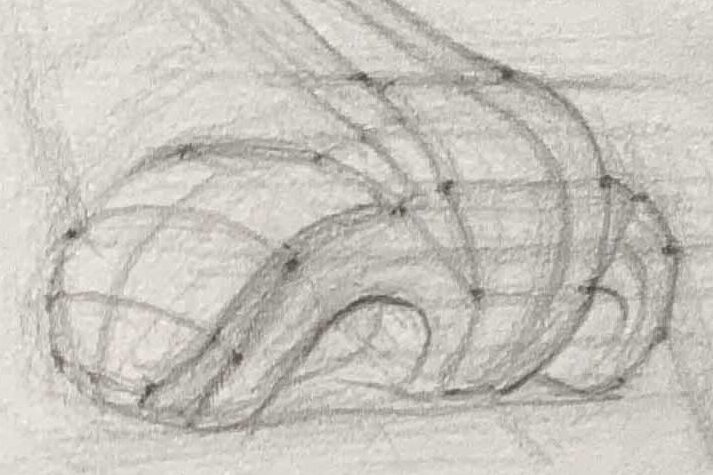
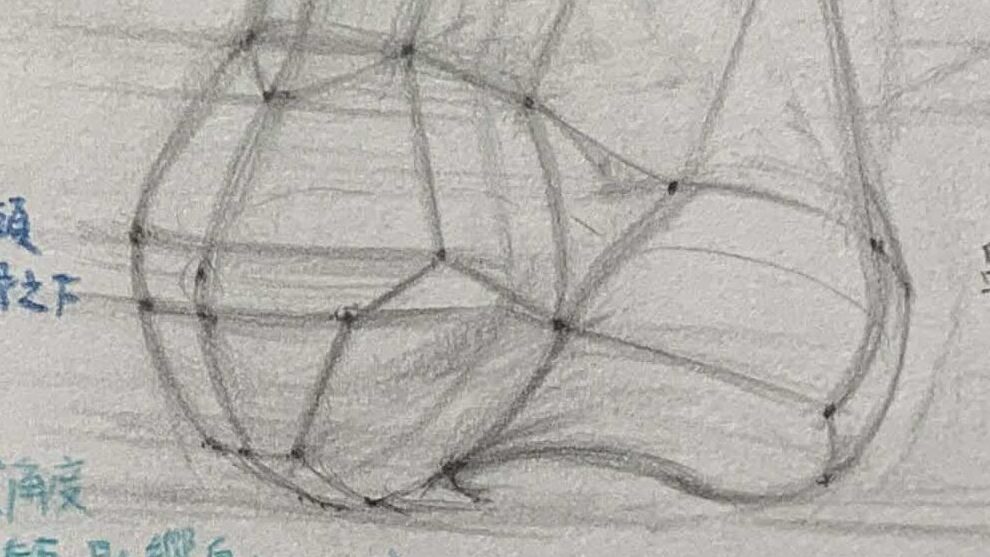
Functions of the Nasal Wings
- Keep the nostrils open.
- Expand or contract during breathing and facial expressions.
Tips for drawing and observing nasal wings
- Front view: the wings determine the overall width of the nose.
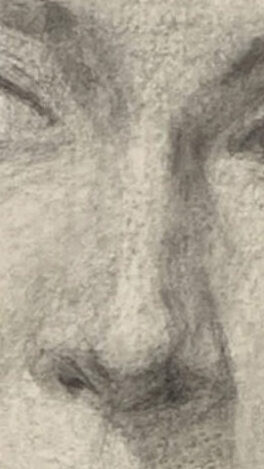
- Side view: the outer edge has noticeable thickness; the transition to the cheek is not sharp but soft and rounded.
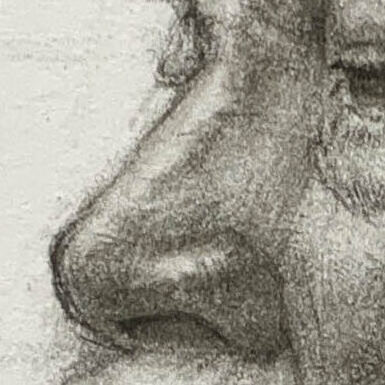
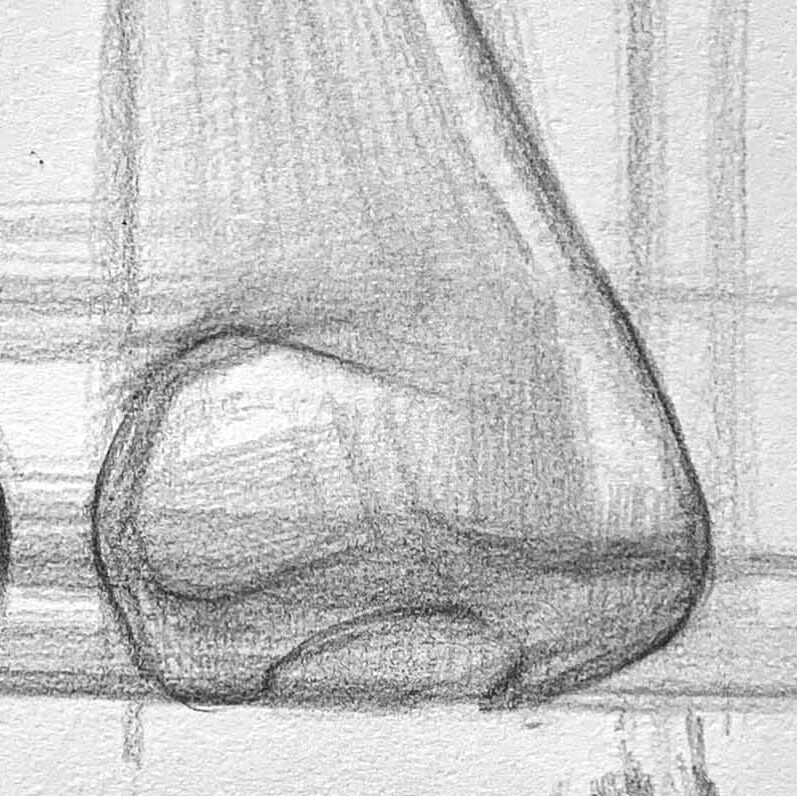
- Upward view: the wings form the outer nostril frame, generally symmetrical left to right.
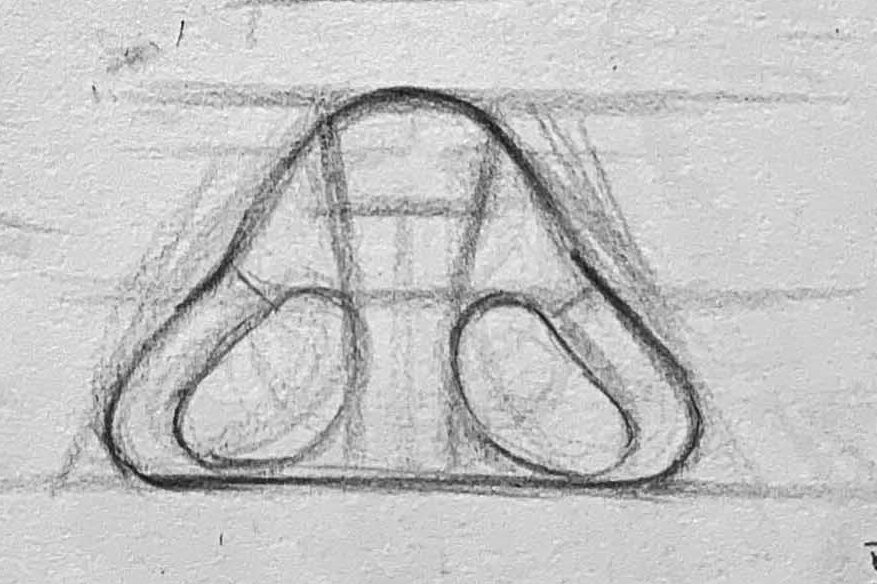
The nose transitions from “flat planes to rounded forms.” Simply put: (rectangular bridge → spherical tip → curved wings).
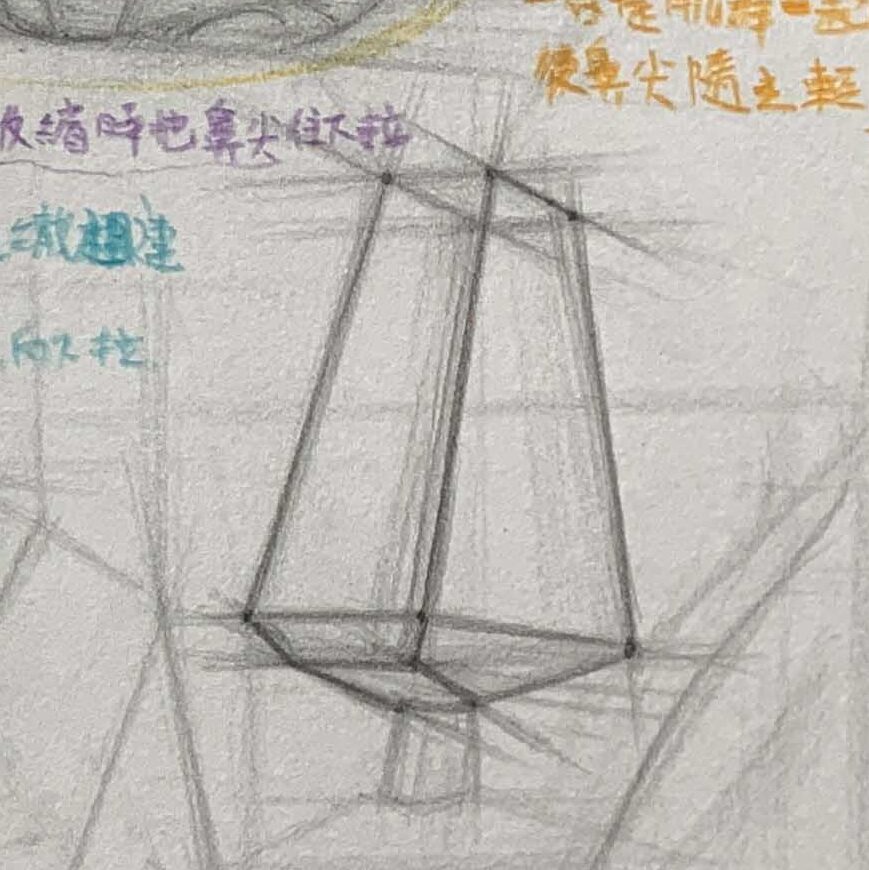
Breaking down the nose into basic components:
Understanding the basic forms of each part helps in grasping the overall structure of the nose.
Think of the nose as made up of geometric shapes:
Triangular prism (bridge + wings)
Simplify the curved parts of the nose and think of the entire nose as a triangular pyramid.
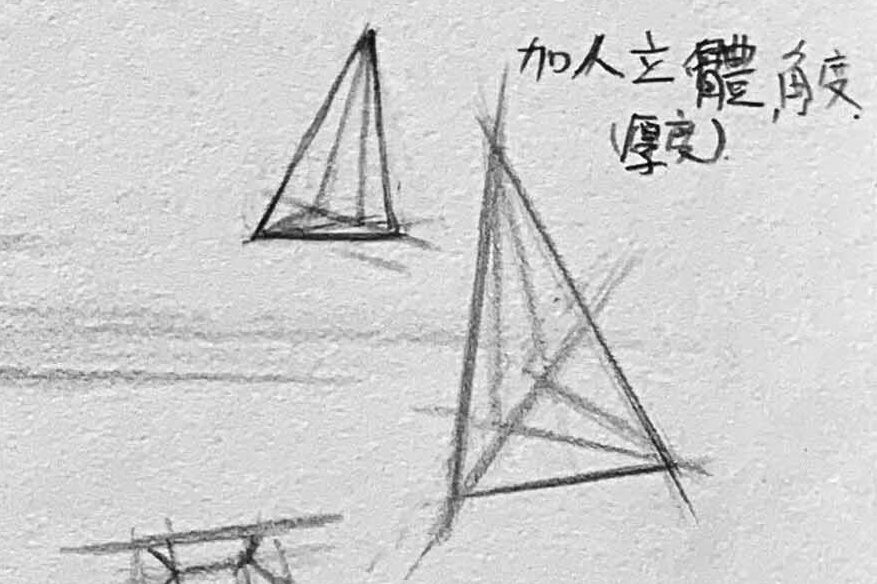
Spherical forms (the nasal tip sphere and the alar wing spheres).
Using spheres is a convenient way to broadly understand the forms. As a first step, simplify complex shapes.
When drawing circles, you can partially overlap them to construct the forms.
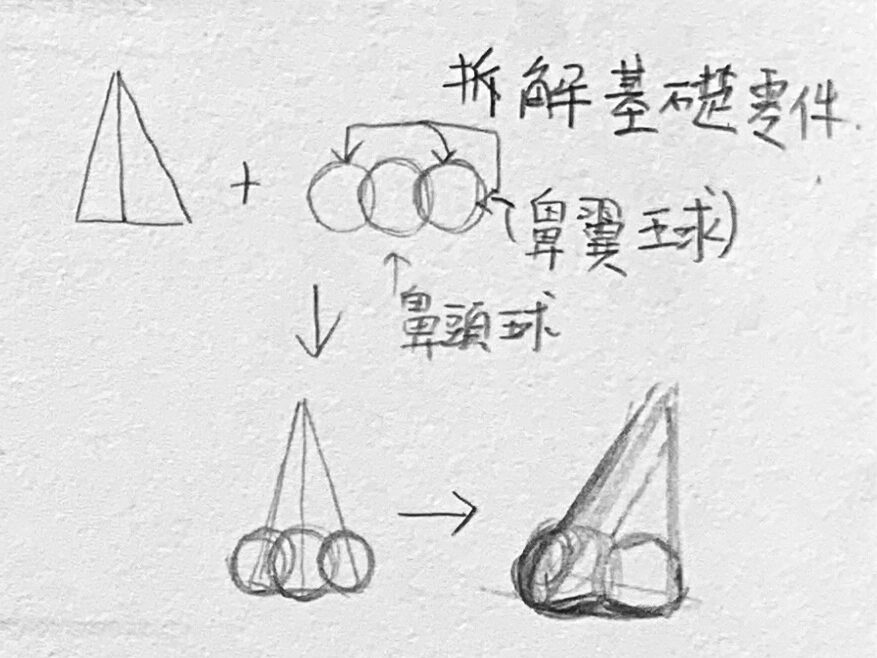
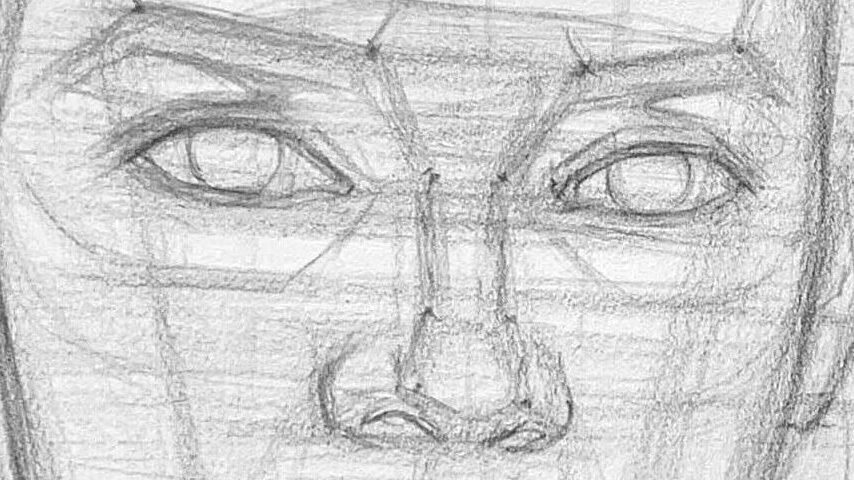
●Understanding the perspective and proportional relationships of the nose structure:
Although every nose differs (due to genetics, ethnicity, age, and gender), in drawing, sculpture, and aesthetic medicine, there are some “general proportions” that serve as useful reference frameworks.
Nasal proportions in relation to the face
| Proportional Analysis | General Explanation |
|---|---|
| Nasal wing width ≈ distance between inner eye corners | often used to check if the wings are too wide. |
| Nose length ≈ one-third of face length | dividing hairline to brow, nose base, and chin into thirds, the nose occupies the middle third. |
| Nasal tip lies between the midlines of the eyes (frontal view) | helps establish symmetry. |
Check proportions and features: e.g., wider bridge, rounder tip, etc.
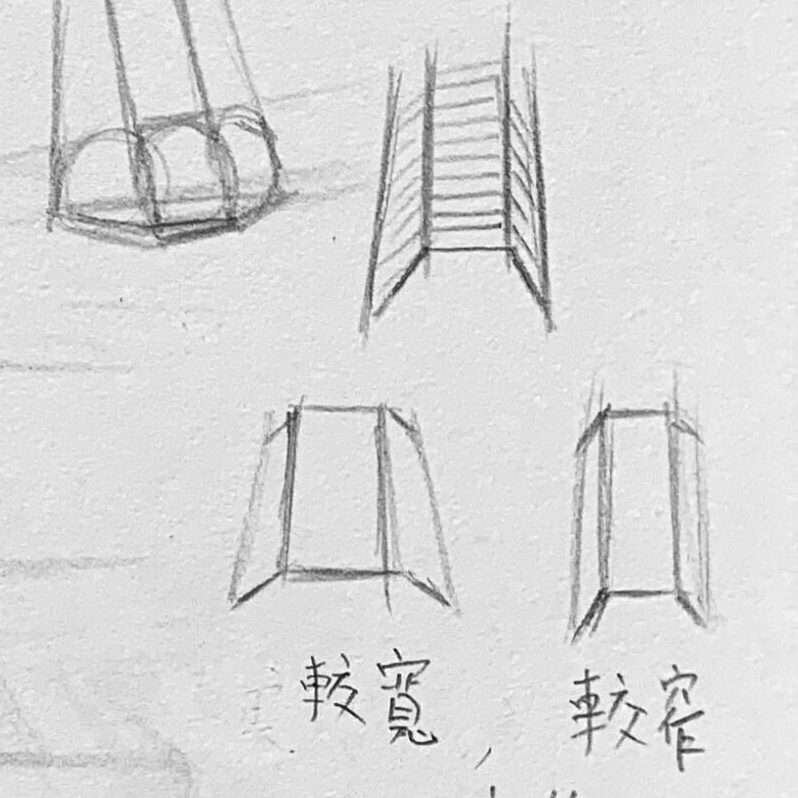
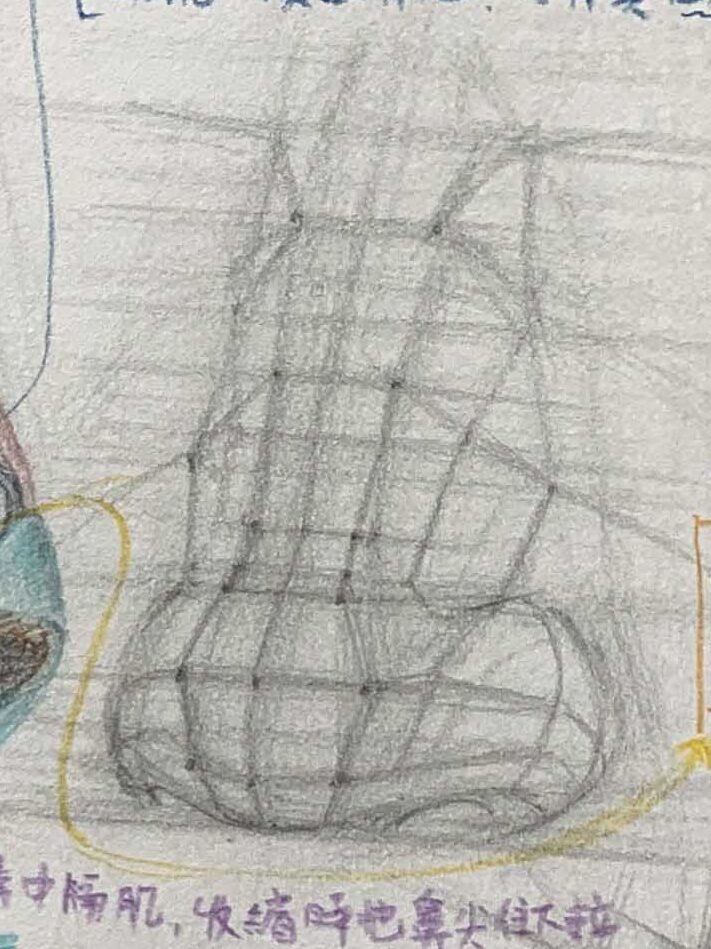
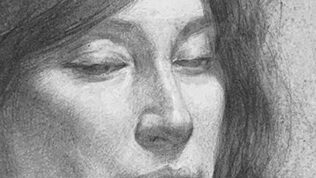
Structural points affect the planes and transitions, which in turn affect light and shadow changes.
●Creating the sense of light and shadow on the nose:
To create three-dimensionality, observe the light source direction.
- To create three-dimensionality, observe the light source direction.
- Follow the anatomical structures mentioned, noting where light and shadow shift.
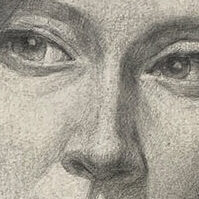
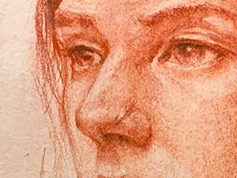
Light and shadow details & edge handling of the nose
As a protruding 3D form, the nose has distinct light-shadow distribution, such as:
- Highlight strip: along both sides of the bridge, from the curved surface catching light, continuing from the forehead.
- Core shadow areas: alar grooves, nostril cast shadows, lower edge of columella.
- Edge transition handling::
- Bridge (bony surface) → some hard edges.
- Tip (fatty ball) → mostly soft edges.
Mastering these edge qualities helps depict a nose that feels both solid and soft.
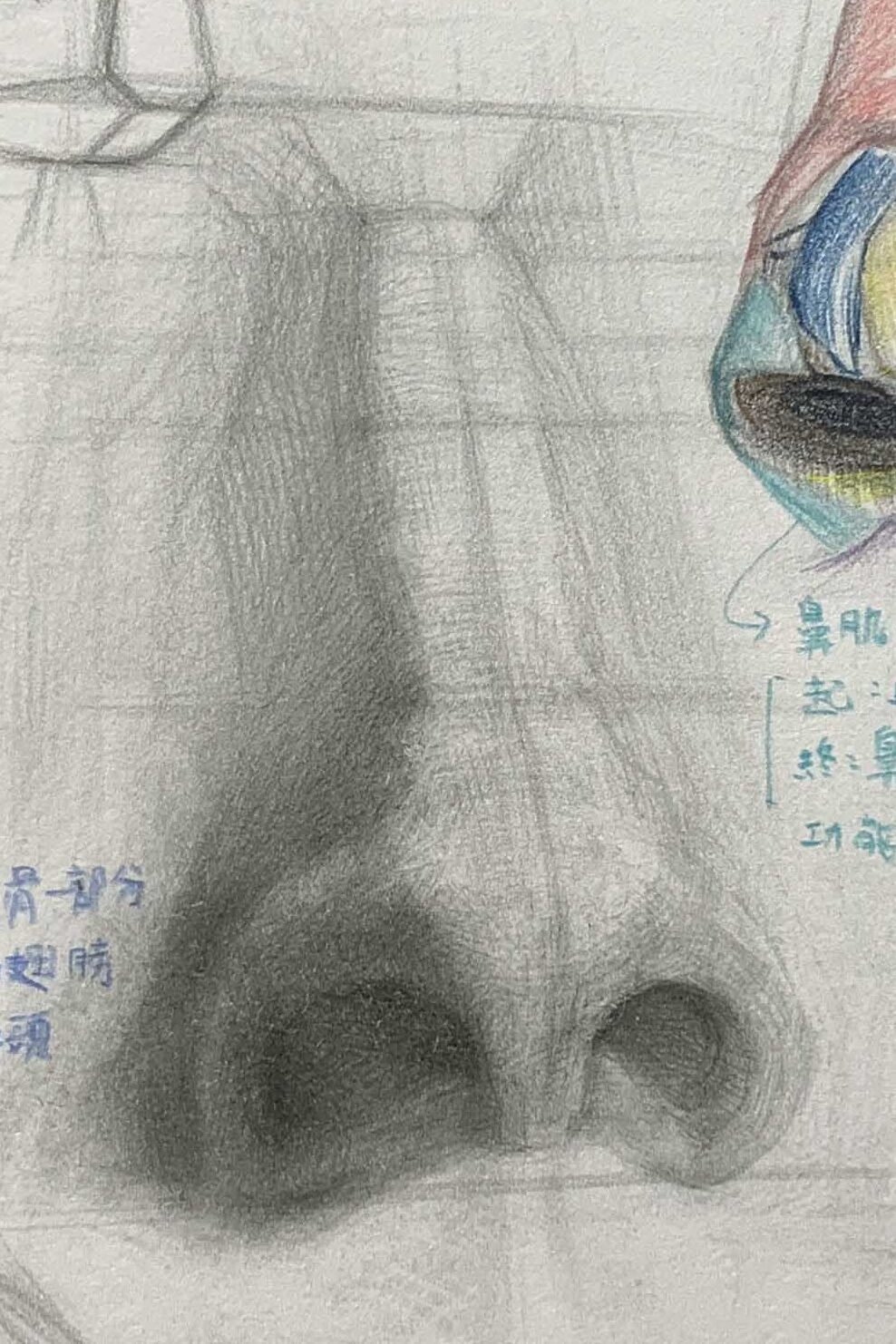
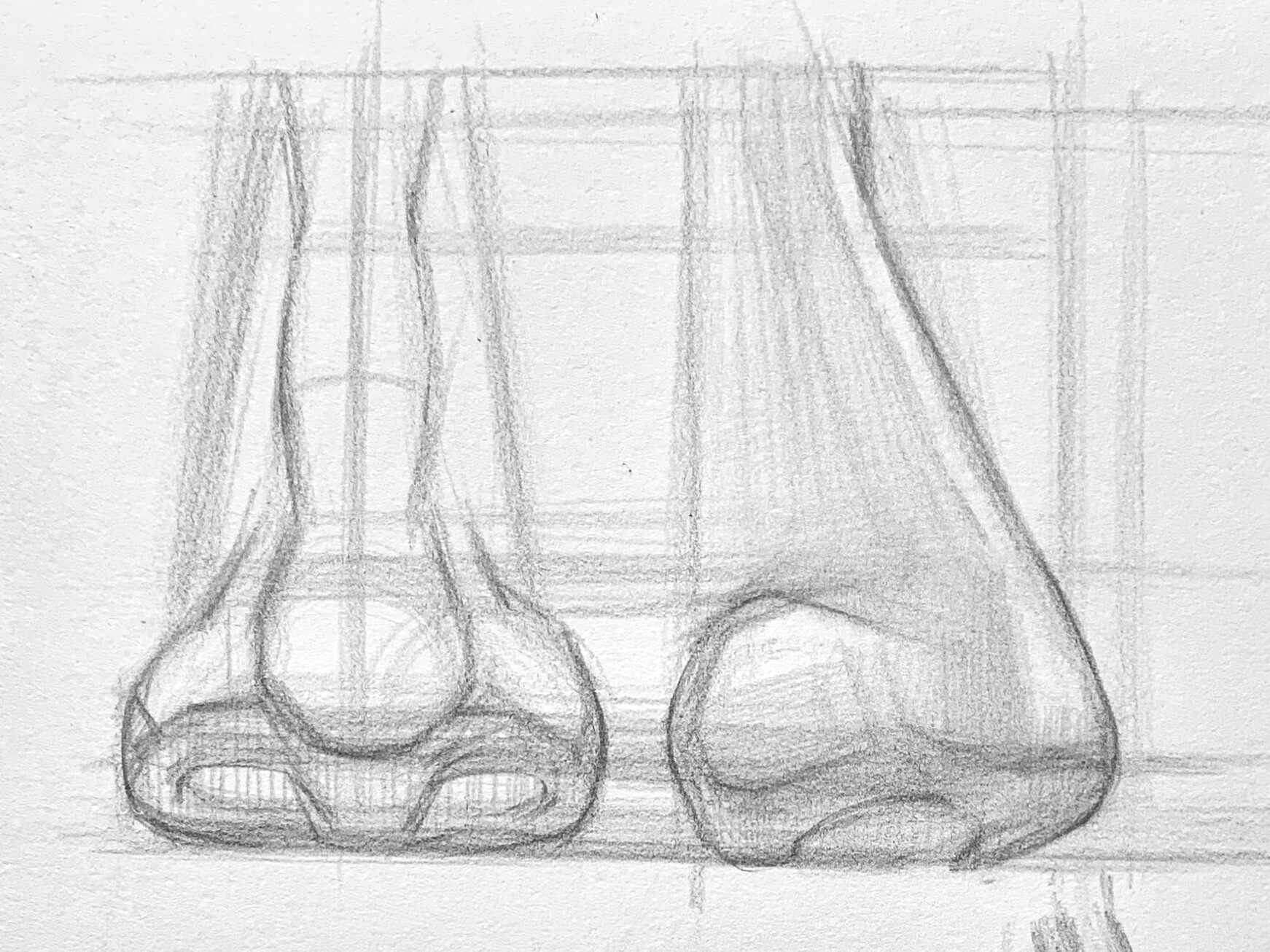
Reference for handling noses at different angles
Here is how I approach drawing noses from life, based on the earlier structural points.
I start by identifying transition points, applying light and shadow shifts. In reference images, the bridge junction often appears softer, also depending on light distance.
Compared to the sharper transitions of the eyes and mouth, the nose usually has smoother gradations, so attention should be paid to subtle differences in strength.

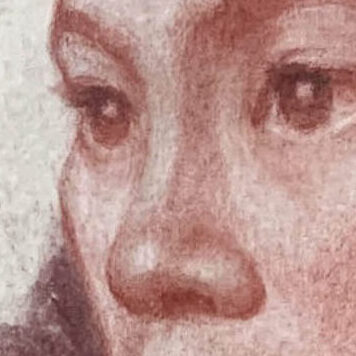
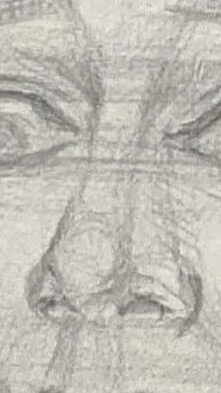
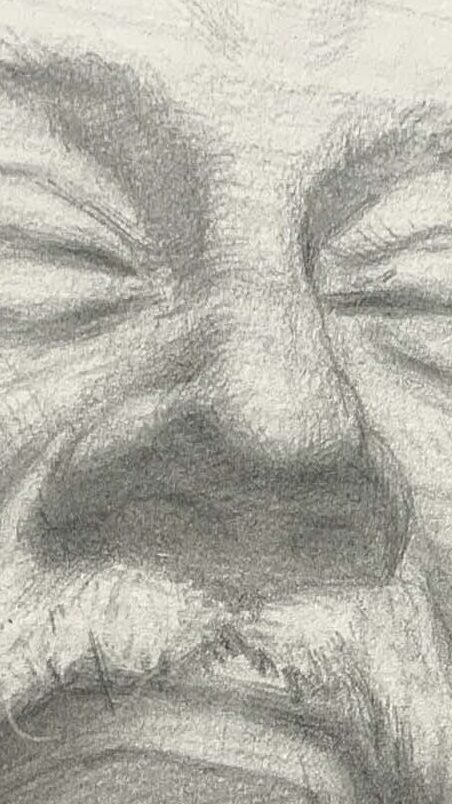
Want to learn how to draw human body parts and understand the key points? Check out the following further reading:
How to Use Two-Tone Shading: Simple Shadow Techniques
How to Sketch Facial Muscles: Capture Realism and Expression
How to Accurately Master Hand Proportions and Joint Structure
Building Up from Simple Contours to Detailed Eye Portraits
Capturing Realism in Lip Drawing: Key Structures and Shading
Understanding the Three Key Elements of Head Structure
Mastering the basic proportions and structure of portrait drawing
I hope this structural introduction helps you understand how to draw a nose. If there are any subjects or drawing techniques you would like to see, feel free to leave a comment or message me. Happy drawing!
If you're interested in learning to draw but don't know where to start, or if you'd like to understand the knowledge behind drawing,
feel free to join my LINE and contact me. In my classes, I organize drawing methods in a clear and structured way.
Click here to learn more about my drawing courses!
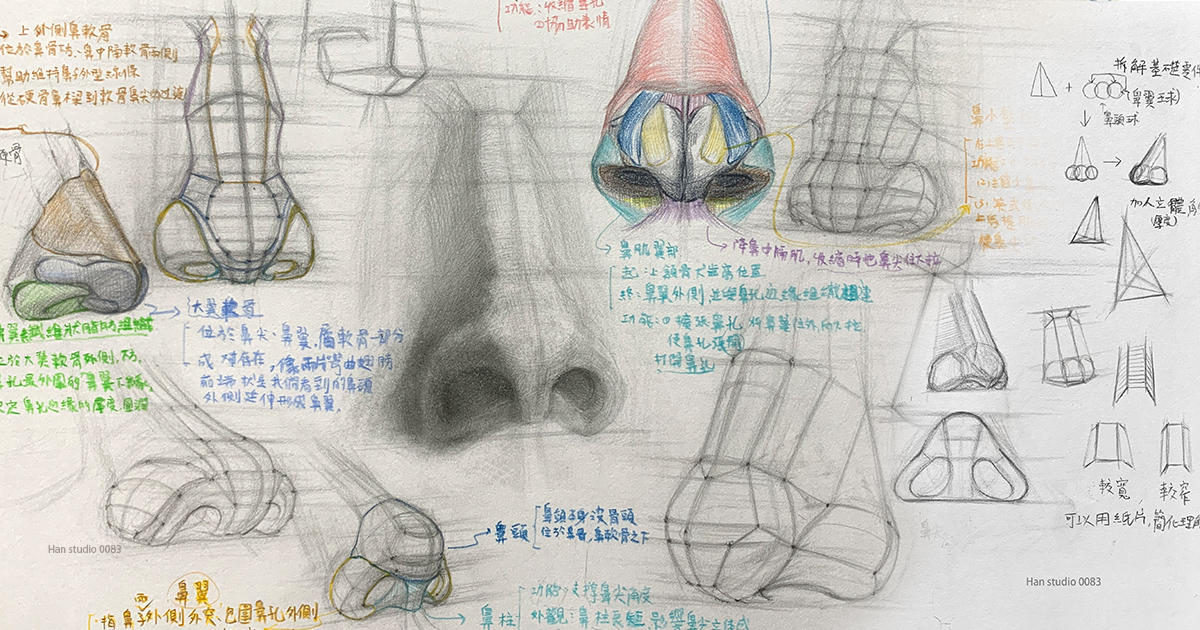
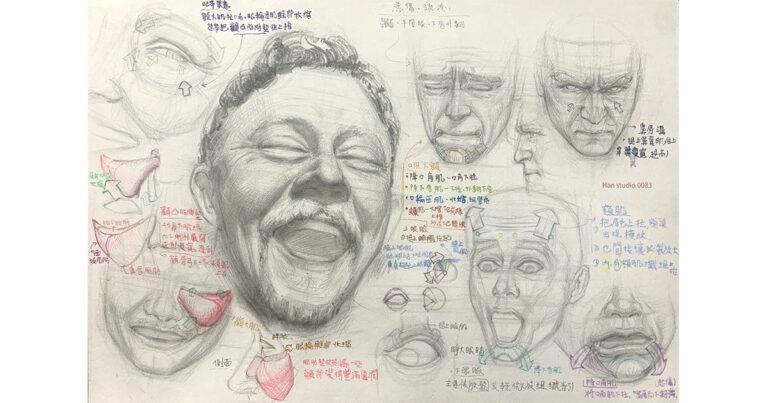
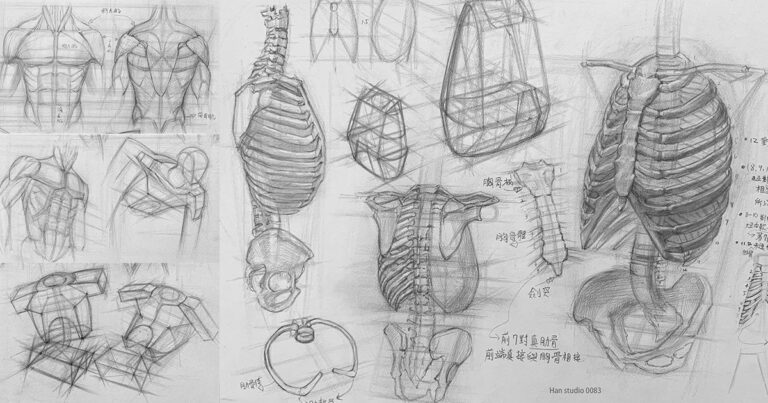

Leave a Reply